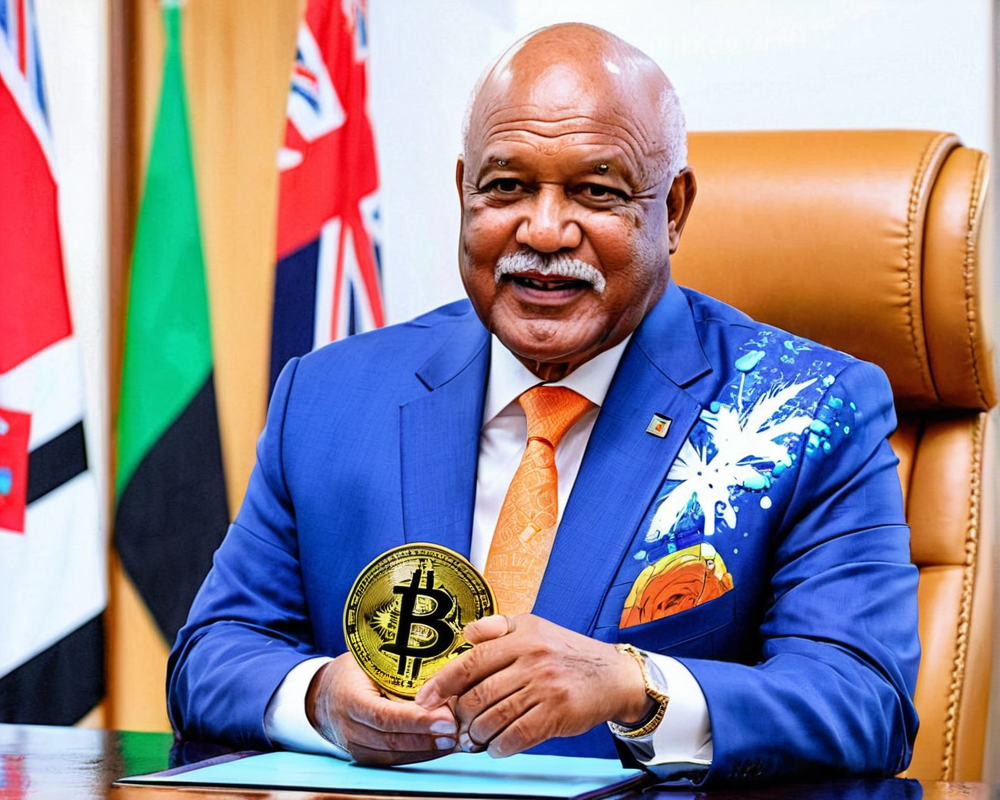The Digital Euro Dilemma
As the Bank of Spain gears up for the potential launch of a digital euro, the enthusiasm of its citizens seems to lag behind official intentions. A recent survey by Ipsos brought to light the ambivalence surrounding this new currency, revealing that awareness and willingness to adopt the digital euro are, well, just a bit underwhelming.
Survey Insights: Public Perception
The “Study on the Habits in Use of Cash” survey highlights that a mere 20% of the general public is aware of this shiny, new digital currency. Similarly, small business representatives barely show a flicker of interest, with 23% acknowledging the digital euro’s existence. And here’s a fun fact: these stats date back to 2022, clearer days when hope was in the air.
Interest by Age Group
Before you start losing faith in the younger generation, it’s worth noting that the youths (ages 18-24) are relatively keen on the idea, with 36% expressing their readiness to use it. However, things got chilly as the age climbed: 31% among those aged 25-34, 24% for 35-44, 18% for 55-64, and a paltry 7% for those over 65. Looks like the older folks prefer the good old cash, perhaps lovingly clutching their wallets as they reminisce about simpler times.
A Shift in Outlook: 2023 vs. 2022
Fast forward to 2023 and the appetite for the digital euro seems to have dipped. While only 20% of participants would use the currency to complement their traditional payment methods, a staggering 65% said “thanks, but no thanks.” Just a year prior, in 2022, a more optimistic 58% were saying “no” to going all-in on a digital future. So, what changed? Perhaps it’s the nagging voice in the back of their minds asking, “Do I really need another way to spend my money?”
The Argument for Digital Currency
In October, the Bank of Spain attempted to reassure the public by releasing details on the digital euro. They argued that physical cash just doesn’t cut it anymore—like trying to use a flip phone in the age of smartphones. The bank insists that digital currency is crucial for harnessing the benefits of an increasingly digital economy. But for many, it seems like a “nice to have” rather than a “must-have.”
Spain’s Commitment to Digital Shift
Spain is not standing idly by while the digital euro takes its sweet time. The country is pushing forward with implementing the Markets in Crypto-Assets (MiCA) framework six months ahead of schedule. It’s like speeding past a traffic jam just to get stuck in one later. There’s a commitment to the EU’s digital agenda, but the populace is free to waver.
In conclusion, as Spain inches toward a potentially cashless society, the reception of the digital euro remains lukewarm at best. While the leaders are eager, the citizens are still trying to figure out if they should give digital currency a warm, fuzzy hug or just keep it at arm’s length.




